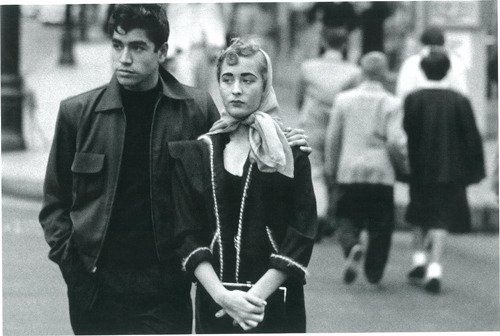"The Death of the Object"
 |
| Karel Appel |
This article begins by discussing the political movements and social unrest of the mid 20th century and the art that came from it--Surrealism,
decollage, Situationalism, and finally Conceptualism. During this time there was a growing tension between artists and galleries/museums, arising from the anti-institutionalism feelings of artists such as Daniel Buren, whose painting was removed from the Guggenheim for this reason. At the same time in Italy,
Arte povera was taking shape, a step away from Minimalism and with more politically charged subject matter. The move toward conceptualism brought art such as Body Art and Performance Art with notable artists like Acconci, Mendieta, etc. In a way this was the turning point of art--deconstruction had reached its peak and future artists would start the reconstruction.
"Western Disturbances"
by Calvin Tomkins

Tomkins describes a visit to the home and studio of artist Bruce Nauman (and wife Susan Rothenberg) in which he gets to see Nauman's work in progress (Days/Giorni Project). As a young artist, Nauman struggled with finding his medium, trying everything from painting, to using his body, to sculpture, to films. His adoption by Castelli into a gallery solo show finally brought him to the forefront of contemporary art, and from there he was to bloom into some of his most famous work. At the age of 31, Nauman exhibited a Retrospective which would cause his reputation to go into decline, and his ability to work shriveled for a number of months. He divorced his wife and moved to New Mexico with his daughter's kindergarten teacher. In the early 80s he made a work called "American Violence" involving neon tubes and phrases such as LOVE AND LIVE and FUCK AND DIE. Later he would marry Rothenberg, and his art, coincidentally, became softer--he returned to using videos and starting using audio technology. The article ends with a view of Nauman's next project: perhaps some self-portrait drawings.
John Cage
What a funny dude. John Cage's music borders on performance art--he was always trying to do something different, unexpected. For this he was greatly criticized--I actually know a John Cage scholar (least likely person, too) who will perform his pieces sometimes. It's interesting--but I can't knock it.



